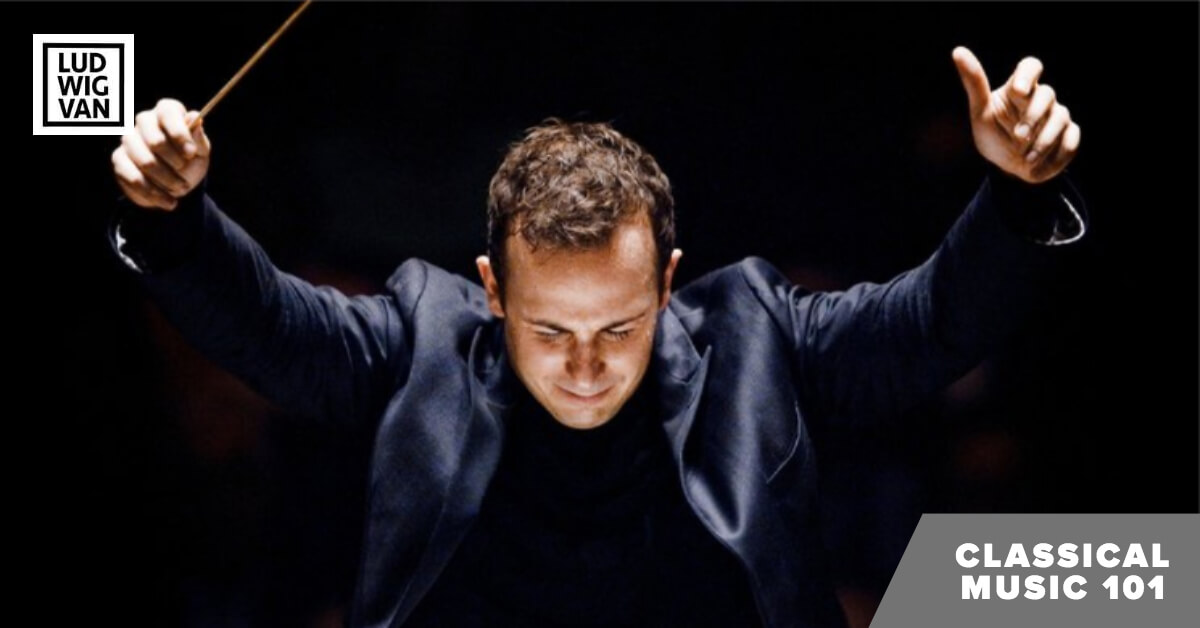
Timekeeper, herder, tastemaker, cheerleader and scold. Those are the five primary jobs of a conductor. He or she is where the musical buck stops. Yet there are always people who think a conductor is not essential to a good ensemble performance.
Every musician is supposed to count as well as being aware of what their colleague(s) are doing. So a chamber ensemble or small orchestra can get away without a conductor, as long as everyone agrees that there is one person — usually the first violin — who is the go-to for cues and small emergencies.
Interpretive issues are resolved during rehearsal, as the group discusses the nuances of balance and phrasing and comes to solutions that satisfy the majority.
Tafelmusik, Toronto’s period-instrument orchestra, performs its Baroque concerts without a conductor, but the music director Elisa Citterio usually has the full score, not just the first violin part, on her music stand.
There are specific gestures that go with each time signature. The most basic tempo indication comes at the top of a stroke of the baton or hand — something like the opposite ends of a U shape. As the metre changes from two beats to a bar or measure to three, four, five or six, the conductor’s compound gesture changes accordingly.
The secret to everyone’s happiness is clarity. In most cases, this translates into the beat being represented as the baton’s top blip. The source of endless moaning on the part of singers and instrumentalists is when, in a rhapsodic fit, the conductor begins to draw circles (most people I know call this “the windmill”).
Because a circle is a continuous loop, the actual beat disappears.
In addition to keeping time, the conductor also cues individual players or sections when they have a musically significant entrance or exit.
So the conductor is paying attention to each constituent part of a performance as well as to the whole, which is where the herding tasks come into play.
The tempo changes frequently in music, from large, overall shifts in speed to the small easings of progress at the ends of musical phrases. There are silences of variable duration. These elements are where the conductor as tastemaker comes in.
Taste — the interpreter’s vision — concerns anything in the translation from printed score to what is actually played. On paper, all the instruments in an orchestra are, technically, equal. But, in practice, one wants to hear more violin here, less bass there, a more rhythmic sound from the trombones over there, and so on.
Less tangible are the yin-yang roles of cheerleader and scold. The collegial, 21st-century conductor is meant to inspire his or her followers through a combination of infectious enthusiasm, efficient communication and deep insight into the music.
Montreal native Yannick Nézet-Séguin is a paragon of enthusiastic collegiality, for example. And his musical results are often very fine.
Old School authoritarians often ruled with a mixture of shock and awe.
Sometimes, I am told, orchestras — and choirs — need a bit of both.
Yes, it is possible to perform — and perform very well — without a conductor. But the time and effort that a large ensemble would have to put in to make this possible makes musical democracy way too impractical. It would be much like town-hall politics, where every decision depends on citizen consensus.
Here are two little videos about conducting. The first comes across as a bit geeky, but it is a good illustration of the technical side of a conductor’s gestures. The second is a bit of fun, thanks to Rowan Atkinson.
LUDWIG VAN TORONTO
Want more updates on classical music and opera news and reviews? Follow us on Facebook, Instagram or Twitter for all the latest.
- Classical Music 101: What Does A Conductor Do? - June 17, 2019
- Classical Music 101 | What Does Period Instrument Mean? - May 6, 2019
- CLASSICAL MUSIC 101 | What Does It Mean To Be In Tune? - April 23, 2019



